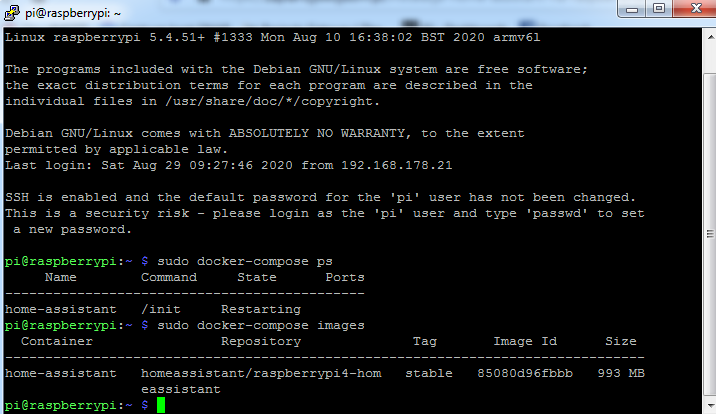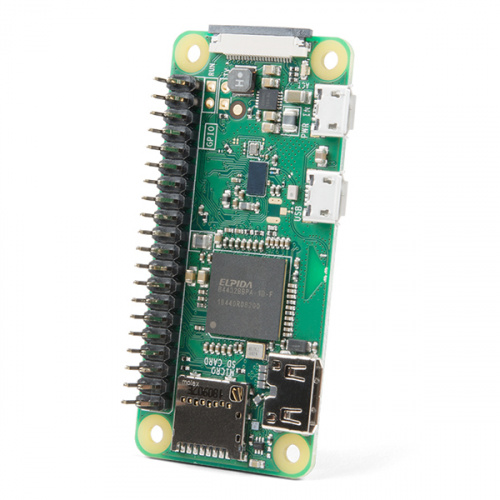

Also the very fact that the incredibly competent and amazing people at free-electrons ( ) are involved in the kernel/OS side of the project makes me trust these guys. Those that paid for the alphas (kernel developer packs) seem to have gotten theirs.

I’ve already bought one to try it out.Īs for the CHIP I remember when it first showed up on Kickstarter, they said that the first boards for backers would be delivered early 2016 so they’re on track. Its manufactured by friendlyarm a company that has been making ARM SBCs for a long time so it looks good. and the Nanopi2 is looking real good.an improved version of the Exynos core, with 1GB of ram, HDMI, USB and integrated WiFi and BLE in a smaller form factor than the RPi2. They’re not $5 but $35-40 is still cheap for an SBC. Posted in Raspberry Pi, Slider, Wireless Hacks Tagged Raspberry Pi Zero, usb, wifi Post navigation Inserted into the Zero it booted fine and started up the WiFi network connection.Ĭongratulations, for the first Hackaday Raspberry Pi Zero hack.

Since USB is a differential signal these wires were carefully kept of equal length to avoid distorting the signal.Īn SD card was created and edited on a Raspberry Pi B 2 to set the WiFi credentials. The data wires were connected to PP22 and PP23, also on the back, and behind the USB data connector. Some cheap USB power supplies can put out more that 5 volts when first connected and that might let the smoke out of a device. These are the unregulated inputs from the USB power so should be used with caution. Power was taken from the PP1 and PP6 points on the back of the board.

The case was removed from the Edimax and the device and Zero wrapped in Kapton to insulate the exposed solder points. The OTG is needed to convert the micro-USB connector on the board to a full USB-A connector. He couldn’t bear to disturb the small dimensions of the Pi Zero by using the USB On-the-Go (OTG). And we have the first Raspberry Pi Zero hack! In less than 72 hours from the official release announcement attached an Edimax WiFi USB Adapter directly to the USB solder pads on the Pi Zero.


 0 kommentar(er)
0 kommentar(er)
